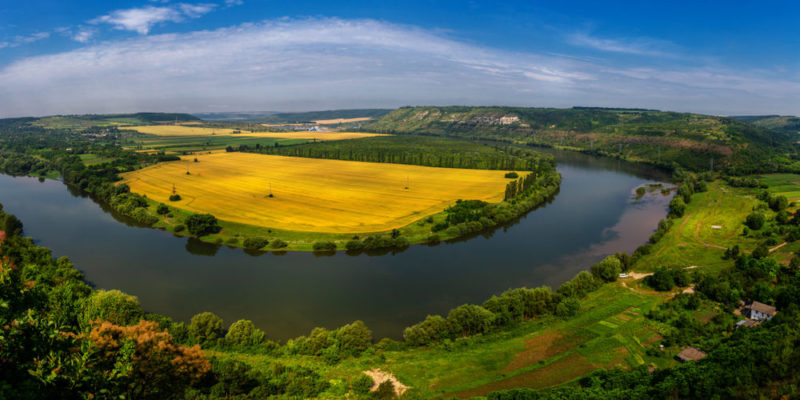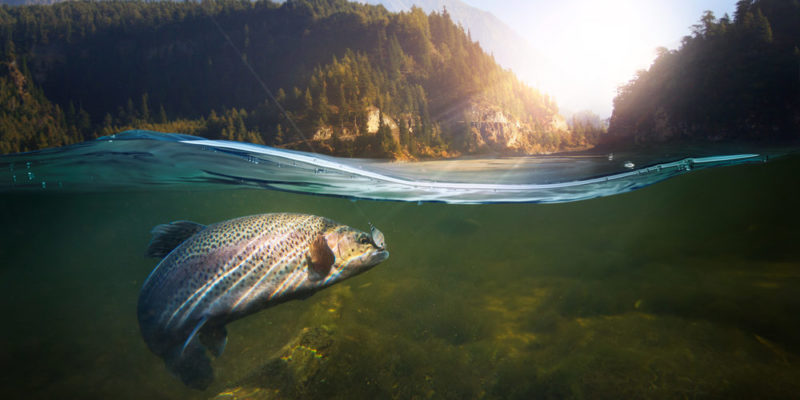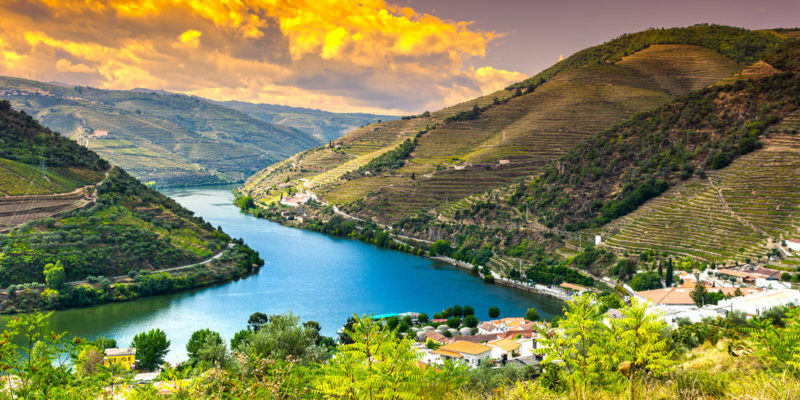We explain what rivers are and what their parts and topography are. In addition, its general characteristics, flora, fauna and more.
What is a river?
Rivers are continuous streams of water (usually fresh) that flow from a mountain until it empties into a lagoon, lake , sea , another river or ocean .
As the water descends, each part of the river is divided (for study) into fragments or sections that present different characteristics. Also the speed of the waters will depend on the fragment or channel of the river . In this way the river will try to reach sea level and flow into the union with another river with a greater flow, a lagoon or the ocean.
Rivers, from the moment they begin to descend from the side of a mountain to their final channel, go through different moments : some with greater water flow, others faster or slower, rains or underground diversions.
Parts of rivers

The river has a source or source that can come from the side of a mountain (meltwater), groundwater, spring or a river can be born from another river with greater flow . The part where this river ends (and joins a lagoon or ocean) is called a tributary or mouth . If the river arrives and finally joins another river, it is called a confluence.
A channel is the place that was eroded by water on the land and forms the path through which that river flows. The direction of the river water is called the course. This course of the river can be upper, middle or lower. The bottom of the river is called the bed while the edges of the river are called the bank.
River flow
The flow is the amount of water that circulates through that river . This flow varies according to the time of year and according to the type of river, since there are rivers that have a greater flow and others that, naturally, have less water. This phenomenon is called a regime.
River topography

For their study they can be divided into three parts:
- Upper reaches. They are generally rivers whose waters come from high mountains. They mostly take a "V" shape. The flow in more permanent in this part.
- Middle course. It is here where the river erodes more than in the other two courses. During this course the river does not descend (as in the previous case) but maintains a straight level, except for some exceptions. Anyway it continues with force and direction until it reaches the lower or final course.
- Lower course. In this part of the rivers there can be small horseshoe-shaped lagoons. The presence of sedimentary deltas or islands is also observed. This course ends, normally, in the sea.
Type of water in rivers
Although mostly and as popular knowledge it was believed that rivers have fresh water and oceans salt water , certainly rivers also have salinity. But this is much less than that found in the oceans.
Hence, the taste of sea water is markedly salty while the same is not the case with river water.
River temperature

Although the general temperature of the river will vary depending on the climate ( hot , cold, temperate , etc.) where it is located, it is important to mention that the river bed always has a lower temperature in relation to its banks.
River fauna
The fauna that inhabits rivers is very different from that found in open waters. Not only because of the salinity of the open waters, but also because these species must adapt to the currents and unevenness of rivers.
River flora

The flora has a very important role for rivers as it acts as a kind of sponge that captures water . This, added to the type of minerals existing in the rocks, forms underground caves or caves.
River supply
The river basin is supplied by:
- Rain waters
- Melt water
Aquifer mantle
It is also called an underground river. This river is not the bed that was explained above. This river is located on the sides of the river but underground and forms small branches. In this way the vegetation is supplied by this aquifer mantle.
Contamination of the rivers

The river basin is an essential element for all life and the conformation of the ecosystem . However, the pollution that humans produce has devastating consequences, as they progressively deteriorate the quality of the water . This generates various environmental imbalances:
-
- Deforestation in high areas.
- Pollution in the waters by dumping toxic waste.
- Pollution in the air that intoxicates the water tables where it mixes with rivers or becomes rainwater, polluting them.
The above content published at Collaborative Research Group is for informational and educational purposes only and has been developed by referring reliable sources and recommendations from technology experts. We do not have any contact with official entities nor do we intend to replace the information that they emit.
Abubakr Conner brings a diverse skill set to our team, and covers everything from analysis to the culture of food and drink. He Believes: "Education is the most powerful weapon that exists to change the world." .
Leave a reply
Your email address will not be published. Required fields are marked *Recent post

Sport: What Is It, Types, Risks, Features, Characteristics and Examples

Dogs: Emergence, Features, Characteristics, Feeding and Breeds

Story: Definition, Elements, Structure, Features and Characteristics

